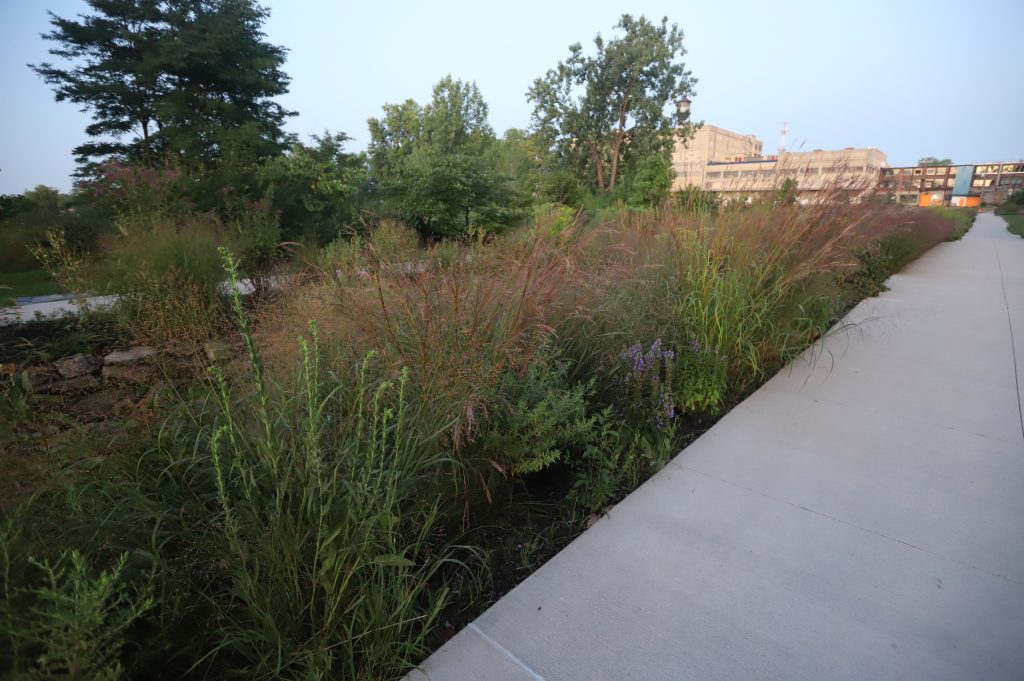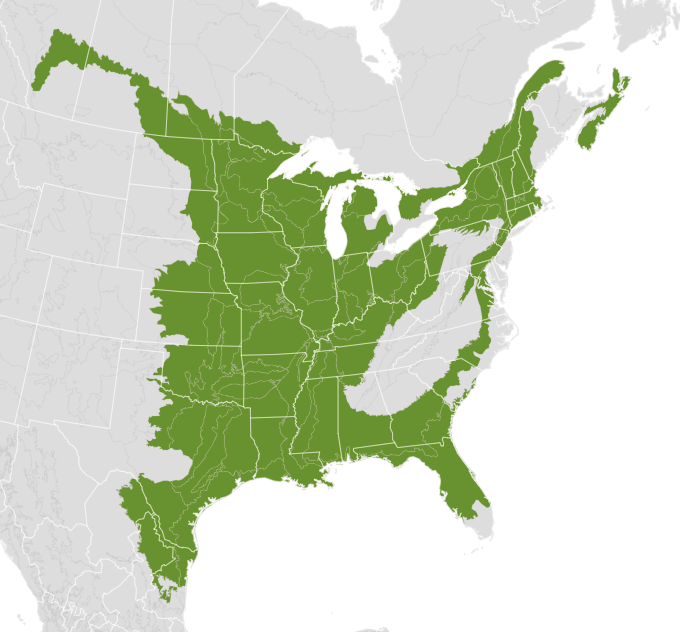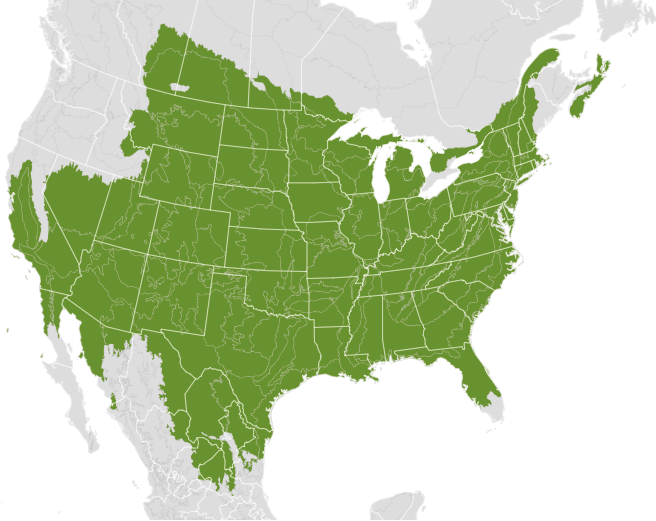Ready For The Warm Weather? Spring Into Native Plants!
A couple of weeks ago, we received our Prairie Moon Nursery catalog of native plants and seeds in the mail. This means that, notably, mail order catalogs aren’t dead (wow), but also that spring is just about here! In previous years, I’ve cultivated a garden of wildflowers and grasses native to these middle states. This comes from a love of their aesthetics, certainly, but also an appreciation for native ecology from having spent time in the Upper Mississippi country. While industrialized agriculture has decimated the once-great prevalence of many of these species, they’re fairly easy to get in seed or plant form. They also tend to grow well in their native habitats (shocking, I know). Let’s take a look at a few!
Why native?
Restoration of native ecologies is valuable as a tool to manage everything from rainwater to air quality to a healthy community of small creatures (think insects! Birds that eat insects! Butterflies!). The monoculture of the green lawn lacks valuable biodiversity– or the ability to manage rainwater. Native plants know how to do that because, well, they’ve been doing this for millennia. Many prairie grasses, for example, have deep root systems that allow them to survive through either floods or droughts. Or, you know, fire.

Common Examples
You can find a lot of wildflowers and grasses in pretty much any vacant lot in the Midwest. Most are non-native. Those little purple flowers? Chicory (cichorium intybus). The vivid, pink-ish ones? Red clover (trifolium pratense). Both non-native. What is native? Fleabane (a bazillion species in the erigeron family). These are the little tiny daisies, yellow and white (or sometimes pinkish), that often grow in clusters atop tall stems. There’s a lot of stuff that is classified as a weed, may take over your garden, and isn’t very pretty– but also isn’t terribly harmful.
The pretty fleabane has a cousin, the erigeron canadensis, that grows all over alleys and vacant lots. It produces deep green, mildly serrated leaves, from a thick, straight stem that may grow three or four feet tall (1-1.3m). Our garden has also been taken over by a few nasties. Canada thistle (cirsium arvense)– which is not from Canada (this is a common thread in naming things)- is a common one. It is pricklier than a MFer, and not to be trifled with.
Native Grasses and Wildflowers
Grasses are a bit harder to find in the wild because they can be difficult to identify. Northern sea oats (chasmanthium latifolium) is a neat one, and switchgrasses (panicum) are fairly common. Coreopsis, a.k.a. tickseed, is a popular native flower. Also known as tickseed, it comes in a number of varieties, usually a vivid yellow. It’s easy to grow. It also spreads, but doesn’t exactly take over your garden. Coreopsis, switchgrass, and little bluestem (schizachyrium scoparium) can often even be found at Home Depot. The nice thing about gardening is that you can be the master of your own destiny. And nature will do the rest. Just, you know, take care of your planties.

The distribution of the prairie blazing star (liatris pycnostachya). From Bplant. 
Distribution of sideoats grama (Bouteloua curtipendula). From Bplant.
BPlant.org
Thinking about native plants is also a good opportunity for me to do some cross-promotion of the old family business. My brother, Alex Zorach, is an ecologist, mathematician, and general crazy person, and built this whole site BPlant, from scratch. Thence some of the maps up above. Bplant is a platform of crowdsourced information about plants and ecologies, with beautifully illustrated maps of specific bioregions. Check it out! And check out Prairie Moon.
Handbuilt is made possible by the generous financial support of paid subscribers, and by the clicks of readers like you. Learn more about native plants from BPlant.





